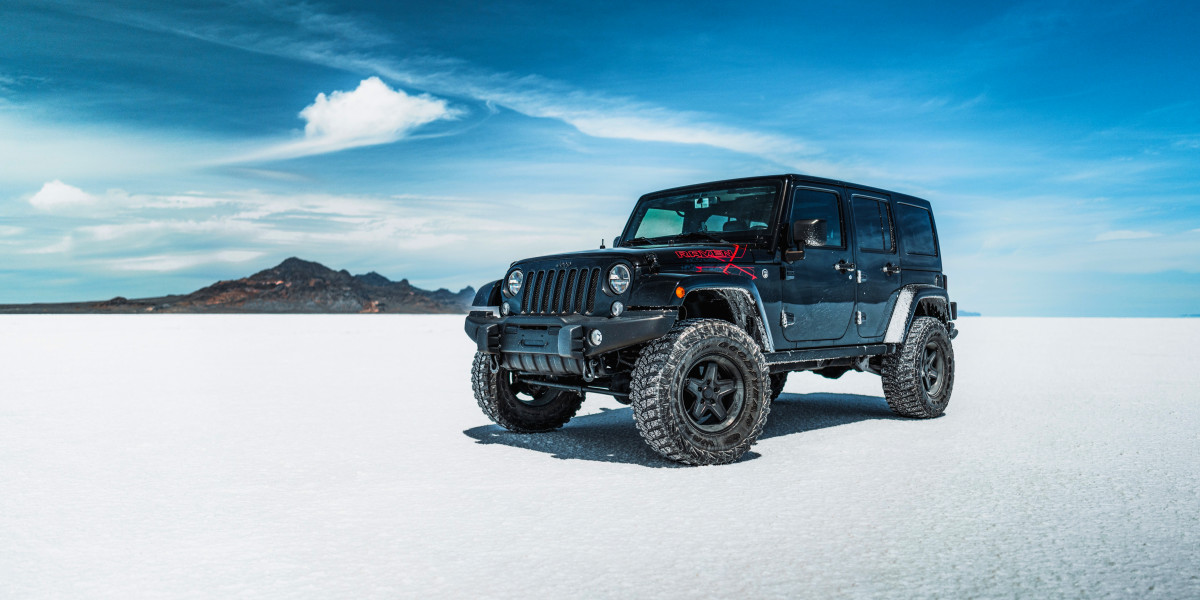Driving in Snow
The most important part about driving in the snow is:
The golden rule: There is no such thing as car accidents. Your car doesn't cause you to crash, you or another driver cause your car to crash. Car accidents don't exist, only driver-error caused crashes do.
Drive slow. If the speed limit is 30mph and the road is completely snowed over, drive between 10 and 15 miles per hour. The speed limit, while typically artificially low, is the maximum speed allowed under ideal conditions. A road covered in snow is not ideal, so reduce your speed.
There. That's it, that's the most imporant technique you need to drive safely in the snow. Following the "reduce your speed, doofus" rule will ensure you don't smash into something, or someone. To improve your snow driving success even further, increase following distances. You can't stop very well in snow, even with great snow tires, so it's important to leave plenty of room between you and the motorist in front of you. If someone's riding your bumper (and if they are, you can be sure they dont have snow tires, or any common sense for that matter), move over and allow them to pass as soon as it is safe to do so. If you need to slow down at all, they will run into you.
While using the steering wheel, gas pedal, or brake pedal, use slow, methodical movements. If you're taking a bend, suddenly stepping on the gas pedal may cause cause the car to understeer in a front wheel drive or all wheel drive vehicle, or oversteer in a rear wheel drive vehicle. Admittely, giving the gas pedal a quick jab in a rear wheel drive vehicle will kick the back end out, which can be fun if you're into the art of sliding a car around, but terrifying, particularly if you weren't expecting it and don't know how to deal with it. In any case, if you find the car either understeering or oversteering, you need to reduce pressure on the gas pedal and use the steering wheel to tell the car where to go. Don't touch the brake pedal, or you'll be officially out of control (and not in the cool, 1980's action movie way, either).
When using the steering wheel while driving in snow, you must understand how tires work. Tires offer traction through their tread. The amount of traction a tire is capable of sustaining depends entirely on what the tire was designed for, how well built the tire is, and how much the driver truely knows about their tire. When driving in snow, find an empty spot with nothing to run into, and gain some speed (not much, even just 10mph will do). Try "sawing" the steering wheel back and forth, turning it as much as possible in both directions without taking your hands off the wheel. Past a certain point, the car will stop turning, even as the steering wheel's angle continues to increase. Congrats: You've just found your tires traction limits at the speed you're travelling. Depending on speed, the traction envelope offered by your tires will vary greatly. Attemping to saw the wheel back and forth at highway speeds, for example, may only allow the car to respond to steering inputs for just a few degree's of steering wheel rotation in either direction. Don't attempt this at highway speeds, or you'll crash.
Aside from having proper winter tires, knowing how your tires react at different speeds and conditions of both throttle, brake, and steering inputs is the best winter upgrade you can make to your car. Much like drivers who are interested in learning the art of high performance driving, the most important upgrade made to a car is learning to drive. The better you are behind the wheel, the better the car will be in every dimension. Even the slowest, most mundane cars can be a blast on a race track when driving by someone who knows what they're doing. Likewise, driving in snow can be safe and efficient regardless of year, make or drivetrain configuration (front wheel drive, all wheel drive, etc) with a good, educated driver.
Driving in Snow Basics
Snow is a thing of beauty, often the subject of paintings and artistic photographs that evoke all types of emotions. For all of its beauty, snow can be a real pain, particularly when you're trying to get somewhere! We all know how annoying snow can be when we're plodding through it, our lower pant legs and socks getting soaked, even with our expensive winter boots! Snow does its best to impede you, especially on the road. There are several techniques one can employ while driving in snow, some of which are more effective than others.
Snow Tires
Snow tires are what make or break your vehicle in the snow. This holds true for front wheel drive, rear wheel drive, and all wheel drive vehicles. Without the proper tires, even the most advanced and effective all wheel drive systems (think Subaru) will leave you stranded in place, spinning your tires furiously while going nowhere. If you live in a climate where you have to deal with driving in snow for a week or more a year, a set of snow tires are the best investment you can make. Learning to drive in snow is one thing, but even the best drivers will be at risk without the right tires.
Snow tires feature vastly different techology then the tires you use for the rest of the year. Snow (also known as winter) tires feature tread compounds that work well, even when it's cold. The tread compound in a snow tire is also flexible, which prevents snow buildup in the tire's grooves. Driving in snow with summer tires will leave you with nearly no traction, will greatly increase stopping distances, and will make starting off from a stop a very, very difficult task. For cars without limited slip diffentials (which is most cars these days, unfortinutely), the wrong tires will further increase difficulty when attempting to accelerate, as only one tire will spin. Every last bit of power and traction will escape though that wheel.
With snow tires, stopping distances are dramatically decreased, as a result of the suitable tread compounds. Stopping from 15mph, a car without snow tires may require twice as much distance to come to a stop. It is important to remember that anti-lock brake systems will generally not work below a certain speed, typically around 5mph and below while driving in the snow; More on that in the next section.
Anti Lock Brakes And Four Wheel Drive in Snow
Repeat after me: My four wheel drive vehicle will not perform any better than a two wheel drive vehicle in the snow! When it snows here, you tend to see a lot of four wheel drive vehicles in the ditch (typically SUV's or pickup trucks). Why are SUV's and other "superior" winter vehicles more likely to slide off the road while driving in snow? There's a lose nut behind the wheel *. A four wheel drive vehicle (truck, SUV or even car) has one advantage, and only one advantage in the snow: Starting from a stop. In any other situation, the all wheel drive vehicle will slide off the road, refuse to turn, or refuse to stop just as much as a comparible two wheel drive vehicle.
Do not rely on your anti lock brakes at low speeds, as they won't work. Next time you find yourself driving in snow, while travelling slowly (under 5mph or so), step on the brakes hard enough to lock the tires. Now turn the steering wheel. Notice how the car isn't responding to steering input? The tires are locked, and locked tires prevent the car from turning. Even ABS vehicles eqipped with ABS will lock the tires and slide at slow speeds. Because of this, being aware of what's up ahead is very important.
Want to crash while driving in snow? Panic.
The absolute worst thing any driver can do while driving in snow is to panic. A car that is out of control can either safely come to a stop naturally, or be forced back into control by an adept driver, if the driver remains calm.
Should you find your car sliding, or refusing to turn as you approach a curb or other object, you will avoid a collision if you follow some simple rules.
Keep your eyes open, and look where you want your vehicle to go.
- Many crashes are caused by the driver simply not looking where they should be. If you're sliding towards a parked car, do not look at the parked car, rather, look to where you want your vehicle to go instead. By looking where you want to go, you will be aware of the throttle, brake or steering inputs you're making, as you will see your vehicle traveling where you want to go. Looking at that parked car means you're probably going to hit it (see target fixation)
Keep your hands on the steering wheel.
- The number of drivers who let go of their steering wheel while in a panic is, quite frankly, terrifying. A driver not holding onto their steering wheel is a driver in a vehicle that is out of control. Maintaning your grip on the steering wheel means that you can steer the vehicle where you want it to go. Letting go of the wheel and screaming may be comical to witness in controlled and safe conditions, but will kill on the road.
Understand what the car is doing, and what it is telling you.
- Cars are very good at conveying what they are doing to the driver. The sensation of locked tires is very easy to pickup on while using the steering wheel, for example. Using the steering wheel as your information hub, feel what the car is saying about its steering and traction situation. Using your butt in the seat, you can understand what the car is doing, and what it is about to do through g-forces. This is especially easy when travelling at speed, where a car may cause you to "buck" slightly in your seat as weight transfers just before a loss of traction. Admittedly, recieving and understanding the information your car is giving you can be difficult in a stressful situation, especially if you're like most people (that is, you don't enjoy or care about driving, or what your car is doing and what it has to say to you). Even if you could care less about your cars driving dynamics or personality, you should still learn it, or it will come back to bite you.
Just because your car is sliding doesn't mean it's out of control
- A car that is sliding, or no longer responding to steering inputs isn't truely out of control when the driver knows how to react and respond to the situation. It is when speeds are too fast, and there's not enough space to correct your mistake (emphasis on YOUR mistake, it's never the cars fault), that your vehicle is truely out of control. Sliding at slow speeds while driving cautiously in the snow is normal, and expected. So long as you keep your cool and understand that locked wheels or a bit of a slide is normal and expected, you'll be in control. Panic when these expected situations arise, well... You'll probably let go of your steering wheel and scream as you stare at the object you're about to hit, all while holding the brake pedal to the floor.
Remember, your car didn't crash, or cause you to crash. You crashed, and you caused your car to crash. Once you understand that the only reason a vehicle is going to crash is due to driver error, or another driver's error, you'll be on your way to mastering snow driving. If you have the attitude that there is no such things as car accidents, but rather driver-error caused crashes, you'll be a better driver in general, not just while rolling on snow.
If you're truely interested in avoiding those driver-error caused car accidents, you can look into defensive driving courses, as well as winter driving courses.









